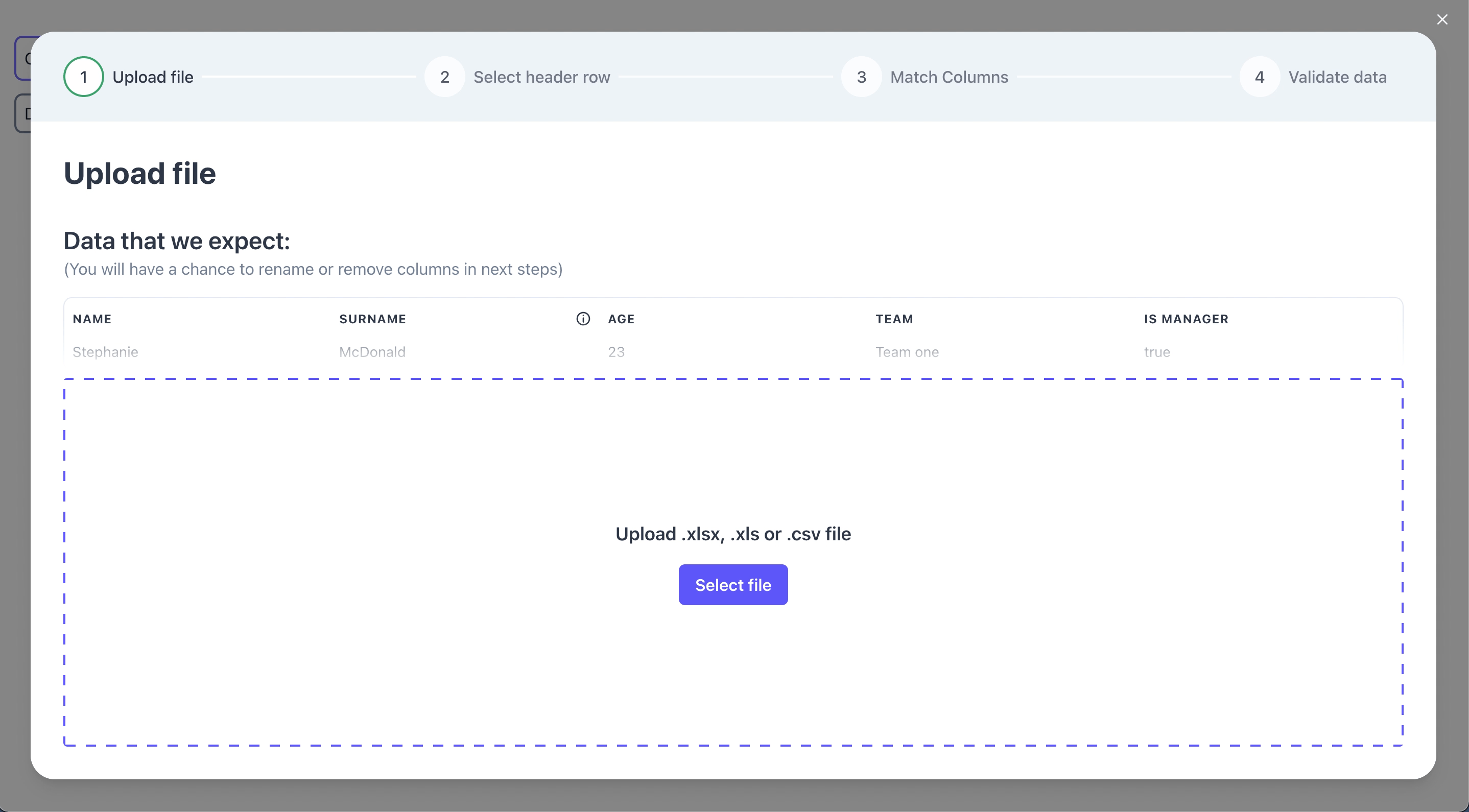Asynchronous flow control with a functional taste to it
λ aims to stay small and simple, while powerful. Inspired by async and lodash. Methods are implemented individually and not as part of a whole. That design helps when considering to export functions individually. If you need all the methods in async, then stick with it. Otherwise, you might want to check λ out!
Feature requests will be considered on a case-by-case basis.
Quick Links
API
Flow Control
Functional
Uncategorized
Install
Install using npm or bower. Or get the source code and embed that in a <script> tag.
npm i contra --save
bower i contra --save
You can use it as a Common.JS module, or embed it directly in your HTML.
var λ = require('contra');
<script src='contra.js'></script>
<script>
var λ = contra;
</script>
The only reason contra isn't published as λ directly is to make it easier for you to type.
API
These are the asynchronous flow control methods provided by λ.
λ.waterfall(tasks, done?)
Executes tasks in series. Each step receives the arguments from the previous step.
tasksArray of functions with the(...results, next)signaturedoneOptional function with the(err, ...results)signature
λ.waterfall([
function (next) {
next(null, 'params for', 'next', 'step');
},
function (a, b, c, next) {
console.log(b);
// <- 'next'
next(null, 'ok', 'done');
}
], function (err, ok, result) {
console.log(result);
// <- 'done'
});
λ.concurrent(tasks, cap?, done?)
Executes tasks concurrently. Results get passed as an array or hash to an optional done callback. Task order is preserved in results. You can set a concurrency cap, and it's uncapped by default.
tasksCollection of functions with the(cb)signature. Can be an array or an objectcapOptional concurrency level, used by the internal queuedoneOptional function with the(err, results)signature
λ.concurrent([
function (cb) {
setTimeout(function () {
cb(null, 'boom');
}, 1000);
},
function (cb) {
cb(null, 'foo');
}
], function (err, results) {
console.log(results);
// <- ['boom', 'foo']
});
Using objects
λ.concurrent({
first: function (cb) {
setTimeout(function () {
cb(null, 'boom');
}, 1000);
},
second: function (cb) {
cb(null, 'foo');
}
}, function (err, results) {
console.log(results);
// <- { first: 'boom', second: 'foo' }
});
λ.series(tasks, done?)
Effectively an alias for λ.concurrent(tasks, 1, done?).
Executes tasks in series. done gets all the results. Results get passed as an array or hash to an optional done callback. Task order is preserved in results.
tasksCollection of functions with the(next)signature. Can be an array or an objectdoneOptional function with the(err, results)signature
λ.series([
function (next) {
setTimeout(function () {
next(null, 'boom');
}, 1000);
},
function (next) {
next(null, 'foo');
}
], function (err, results) {
console.log(results);
// <- ['boom', 'foo']
});
Using objects
λ.series({
first: function (next) {
setTimeout(function () {
next(null, 'boom');
}, 1000);
},
second: function (next) {
next(null, 'foo');
}
}, function (err, results) {
console.log(results);
// <- { first: 'boom', second: 'foo' }
});
λ.each(items, cap?, iterator, done?)
Applies an iterator to each element in the collection concurrently.
itemsCollection of items. Can be an array or an objectcapOptional concurrency level, used by the internal queueiterator(item, key?, cb)Function to execute on each itemitemThe current itemkeyOptional, array/object key of the current itemcbNeeds to be called when processing for current item is done
doneOptional function with the(err)signature
λ.each({ thing: 900, another: 23 }, function (item, cb) {
setTimeout(function () {
console.log(item);
cb();
}, item);
});
// <- 23
// <- 900
λ.each.series(items, iterator, done?)
Effectively an alias for λ.each(items, 1, iterator, done?).
λ.map(items, cap?, iterator, done?)
Applies an iterator to each element in the collection concurrently. Produces an object with the transformation results. Task order is preserved in the results.
itemsCollection of items. Can be an array or an objectcapOptional concurrency level, used by the internal queueiterator(item, key?, cb)Function to execute on each itemitemThe current itemkeyOptional, array/object key of the current itemcbNeeds to be called when processing for current item is done
doneOptional function with the(err, results)signature
λ.map({ thing: 900, another: 23 }, function (item, cb) {
setTimeout(function () {
cb(null, item * 2);
}, item);
}, function (err, results) {
console.log(results);
<- { thing: 1800, another: 46 }
});
λ.map.series(items, iterator, done?)
Effectively an alias for λ.map(items, 1, iterator, done?).
λ.filter(items, cap?, iterator, done?)
Applies an iterator to each element in the collection concurrently. Produces an object with the filtered results. Task order is preserved in results.
itemsCollection of items. Can be an array or an objectcapOptional concurrency level, used by the internal queueiterator(item, key?, cb)Function to execute on each itemitemThe current itemkeyOptional, array/object key of the current itemcbNeeds to be called when processing for current item is doneerrAn optional error which will short-circuit the filtering process, callingdonekeepTruthy will keep the item. Falsy will remove it in the results
doneOptional function with the(err, results)signature
λ.filter({ thing: 900, another: 23, foo: 69 }, function (item, cb) {
setTimeout(function () {
cb(null, item % 23 === 0);
}, item);
}, function (err, results) {
console.log(results);
<- { another: 23, foo: 69 }
});
λ.filter.series(items, iterator, done?)
Effectively an alias for λ.filter(items, 1, iterator, done?).
λ.queue(worker, cap=1)
Used to create a job queue.
worker(job, done)Function to process jobs in the queuejobThe current jobdoneNeeds to be called when processing for current job is done
capOptional concurrency level, defaults to1(serial)
Returns a queue you can push or unshift jobs to. You can pause and resume the queue by hand.
push(job, done?)Array of jobs or an individual job object. Enqueue those jobs, continue processing (unless paused). Optional callback to run when each job is completedunshift(job, done?)Array of jobs or an individual job object. Add jobs to the top of the queue, continue processing (unless paused). Optional callback to run when each job is completedpendingProperty. Jobs that haven't started processing yetlengthShort-hand forpending.length, only works if getters can be definedpause()Stop processing jobs. Those already being processed will run to completionresume()Start processing jobs again, after apause()on('drain', fn)Executefnwhenever there's no more pending (or running) jobs and processing is requested. Processing can be requested usingresume,push, orunshift
var q = λ.queue(worker);
function worker (job, done) {
console.log(job);
done(null);
}
q.push('job', function () {
console.log('this job is done!');
});
q.push(['some', 'more'], function () {
console.log('one of these jobs is done!');
});
q.on('drain', function () {
console.log('all done!');
// if you enqueue more tasks now, then drain
// will fire again when pending.length reaches 0
});
// <- 'this job is done!'
// <- 'one of these jobs is done!'
// <- 'one of these jobs is done!'
// <- 'all done!'
λ.emitter(thing={}, options={})
Augments thing with the event emitter methods listed below. If thing isn't provided, an event emitter is created for you. Emitter methods return the thing for chaining.
thingOptional. Writable JavaScript objectemit(type, ...arguments)Emits an event of typetype, passing any...argumentsemitterSnapshot(type)Returns a function you can call, passing any...argumentson(type, fn)Registers an event listenerfnfortypeeventsonce(type, fn)Same ason, but the listener is discarded after one callbackoff(type, fn)Unregisters an event listenerfnfromtypeeventsoff(type)Unregisters all event listeners fromtypeeventsoff()Unregisters all event listeners
The emitterSnapshot(type) method lets you remove all event listeners before emitting an event that might add more event listeners which shouldn't be removed. In the example below, thing removes all events and then emits a 'destroy' event, resulting in a 'create' event handler being attached. If we just used thing.off() after emitting the destroy event, the 'create' event handler would be wiped out too (or the consumer would have to know implementation details as to avoid this issue).
var thing = λ.emitter();
thing.on('foo', foo);
thing.on('bar', bar);
thing.on('destroy', function () {
thing.on('create', reinitialize);
});
var destroy = thing.emitterSnapshot('destroy');
thing.off();
destroy();
The emitter can be configured with the following options, too.
asyncDebounce listeners asynchronously. By default they're executed in sequence.throwsThrow an exception if anerrorevent is emitted and no listeners are defined. Defaults totrue.
var thing = λ.emitter(); // also, λ.emitter({ foo: 'bar' })
thing.once('something', function (level) {
console.log('something FIRST TROLL');
});
thing.on('something', function (level) {
console.log('something level ' + level);
});
thing.emit('something', 4);
thing.emit('something', 5);
// <- 'something FIRST TROLL'
// <- 'something level 4'
// <- 'something level 5'
Returns thing.
Events of type error have a special behavior. λ.emitter will throw if there are no error listeners when an error event is emitted. This behavior can be turned off setting throws: false in the options.
var thing = { foo: 'bar' };
λ.emitter(thing);
thing.emit('error', 'foo');
<- throws 'foo'
If an 'error' listener is registered, then it'll work just like any other event type.
var thing = { foo: 'bar' };
λ.emitter(thing);
thing.on('error', function (err) {
console.log(err);
});
thing.emit('error', 'foo');
<- 'foo'
λ.curry(fn, ...arguments)
Returns a function bound with some arguments and a next callback.
λ.curry(fn, 1, 3, 5);
// <- function (next) { fn(1, 3, 5, next); }
Comparison with async
async |
λ |
|---|---|
| Aimed at Noders | Tailored for browsers |
| Arrays for some, collections for others | Collections for everyone! |
apply |
curry |
parallel |
concurrent |
parallelLimit |
concurrent |
mapSeries |
map.series |
| More comprehensive | More focused |
~29.6k (minified, uncompressed) |
~2.7k (minified, uncompressed) |
λ isn't meant to be a replacement for async. It aims to provide a more focused library, and a bit more consistency.
Browser Support
If you need support for one of the legacy browsers listed below, you'll need contra.shim.js.
- IE < 10
- Safari < 6
- Opera < 16
require('contra/shim');
var λ = require('contra');
<script src='contra.shim.js'></script>
<script src='contra.js'></script>
<script>
var λ = contra;
</script>
The shim currently clocks around ~1.2k minified, uncompressed.
License
MIT
















